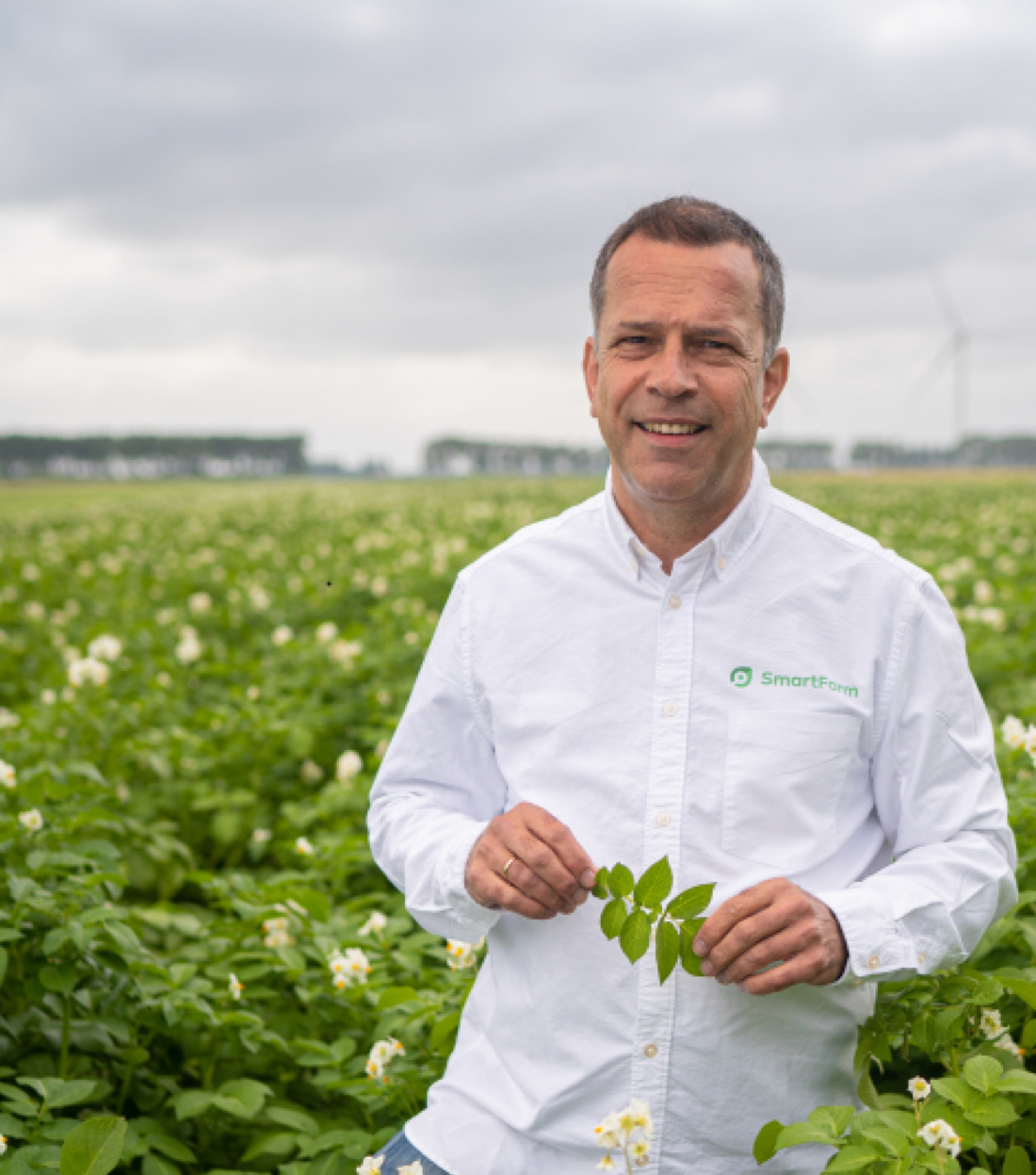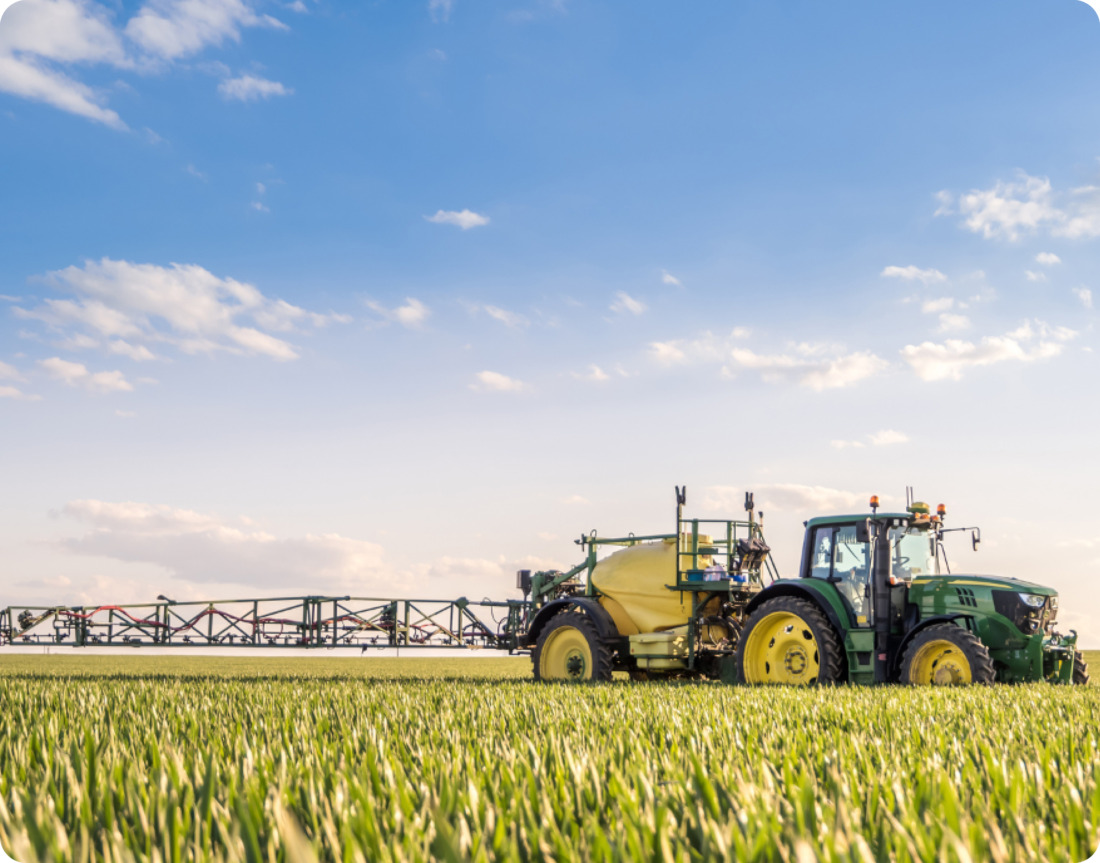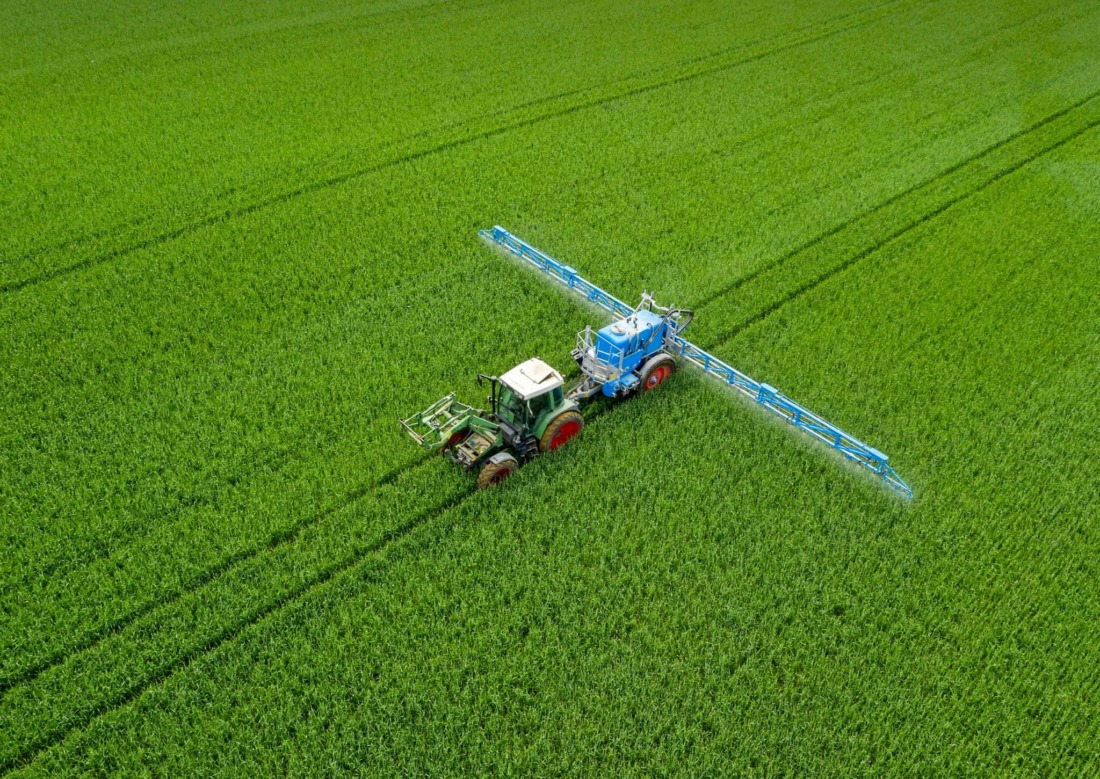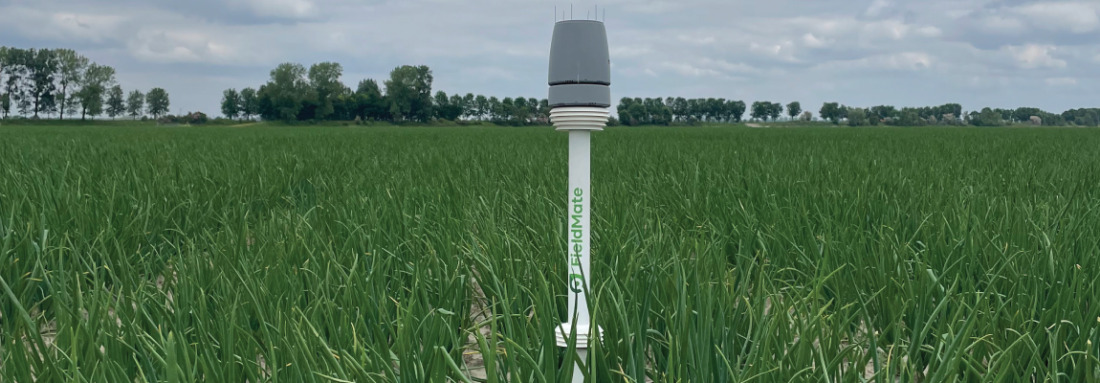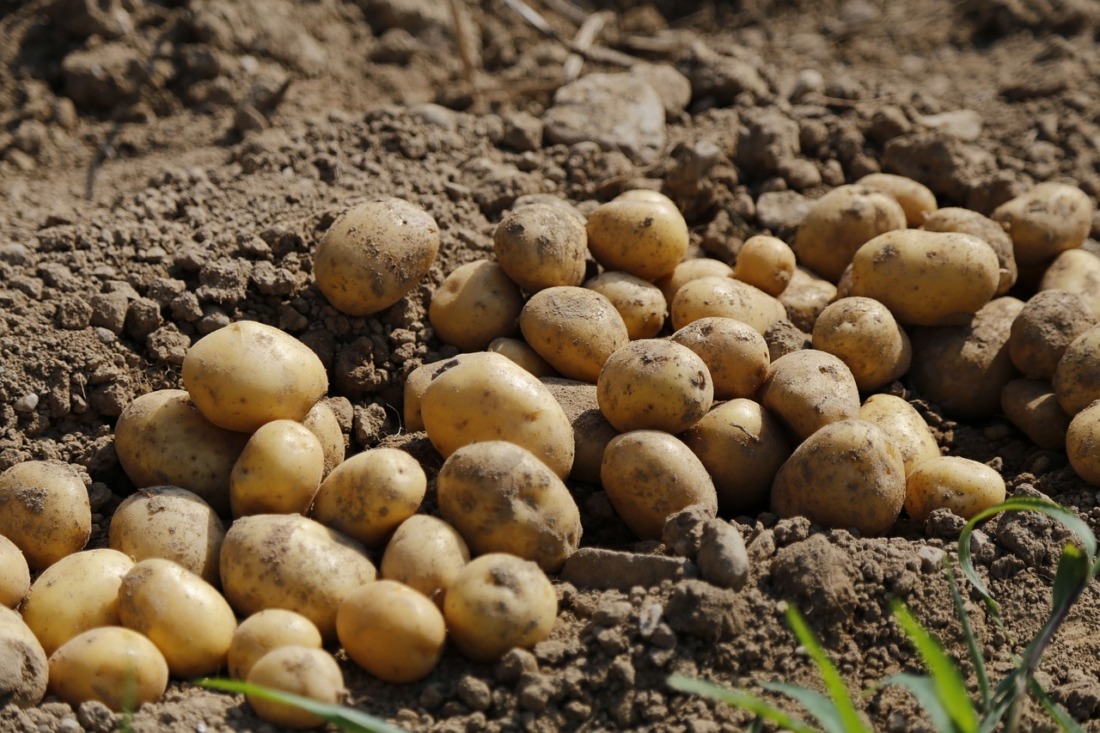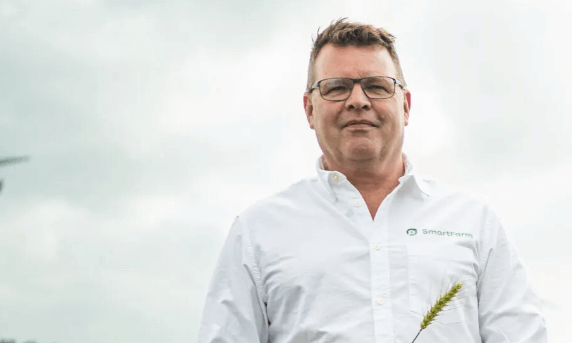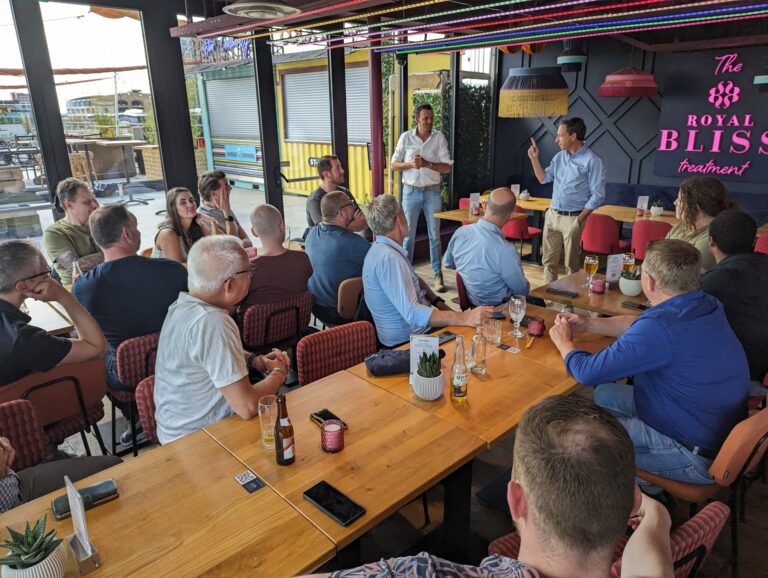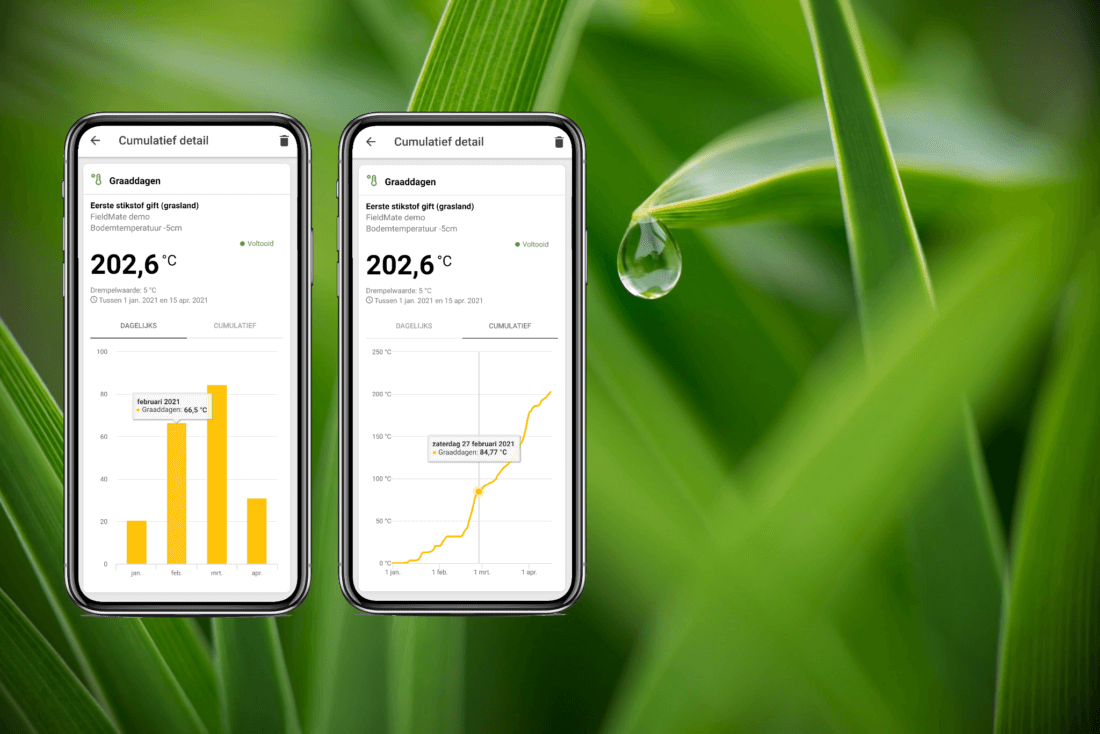
SmartFarm's models, developed in collaboration with Wageningen University, harness AI-driven weather models and local sensor measurements to predict diseases and identify the optimal spraying moment. These models help you save time and money while ensuring the health of your crops.
Disease warning prompting preventative measures
The SmartFarm platform utilizes local weather data and disease models to predict disease spread and infection probability for your crops. It offers warnings for 170 diseases in 65 crops, spanning a 7-day period, providing you with easy-to-understand risk levels: red for high risk, orange for moderate risk, yellow for low risk, and green for no risk.
Enhance Your Crop Protection Strategy with SprayEffect
SprayEffect enables you to tailor and refine your crop protection timing with precision. By analyzing 25 agro-meteorological processes, product formulation, plant characteristics, and active ingredients, SprayEffect determines the ideal moment for crop protection application within the next 48 hours. This empowers you to safeguard your crops more effectively while minimizing costs.
Monitor your crops
With the SmartFarm platform, you always have access to all weather and crop data at your fingertips. The dashboard provides a clear overview of all the data, and you can set alerts for any conditions you want to be notified about.
This is your moment
to act.
Select the subscription that's right for you!
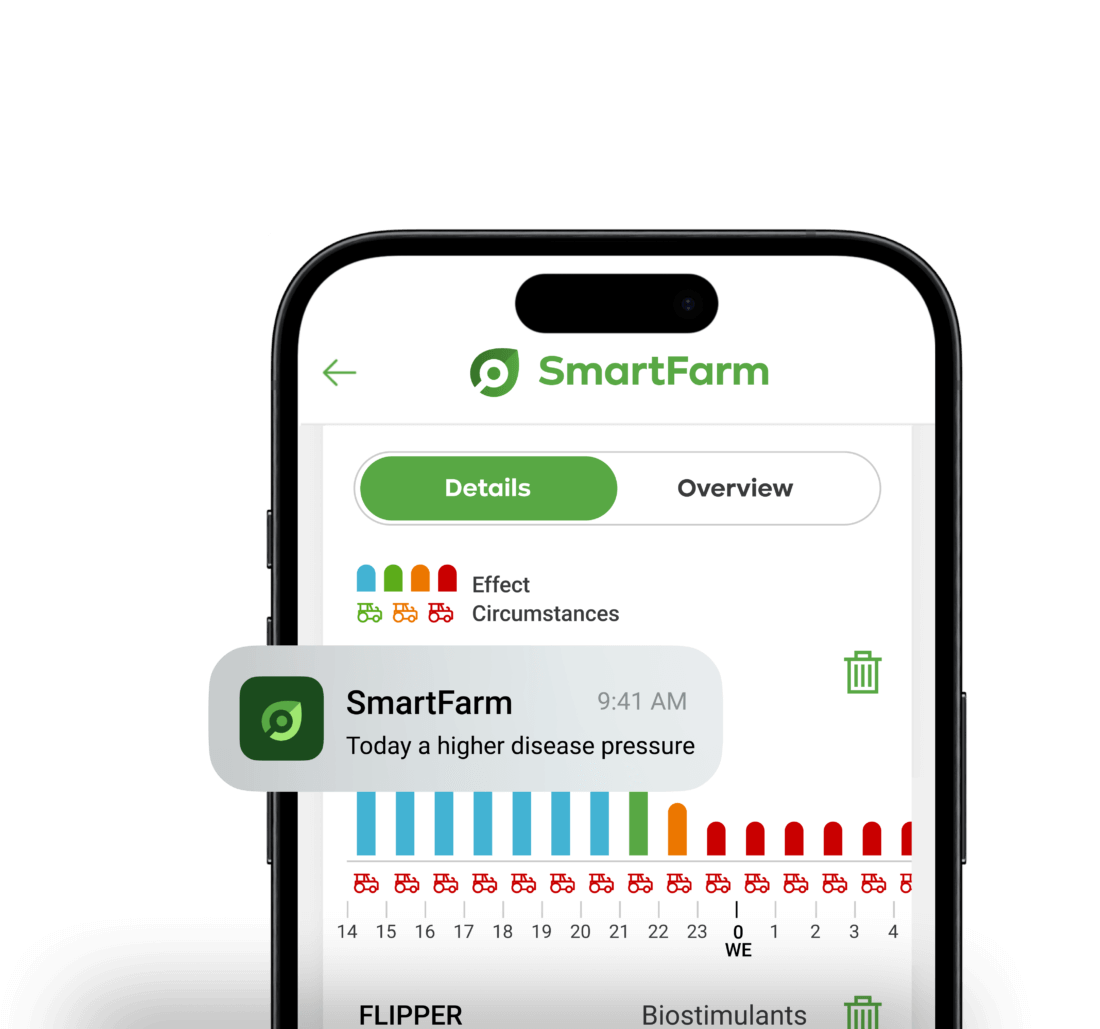
SmartFarm AI-Weather Model
At AppsforAgri, we leverage cutting-edge technology to deliver highly accurate weather data customized to your farm and fields. By integrating data from models like ICON-D2 and ICON-EU, we provide precise predictions tailored to your crops. Through our unique and self developed Crop Level Converter, we translate generic weather data into precise crop-level insights, to optimise precision and help you manage resources effectively, and maximize crop yields.
Tailor your SmartFarm platform with add-ons
Gain the flexibility to customize your SmartFarm platform to suit your needs and requirements, tailored per field and crop. Adjustments can be easily made at any time to ensure alignment with your desired usage.


